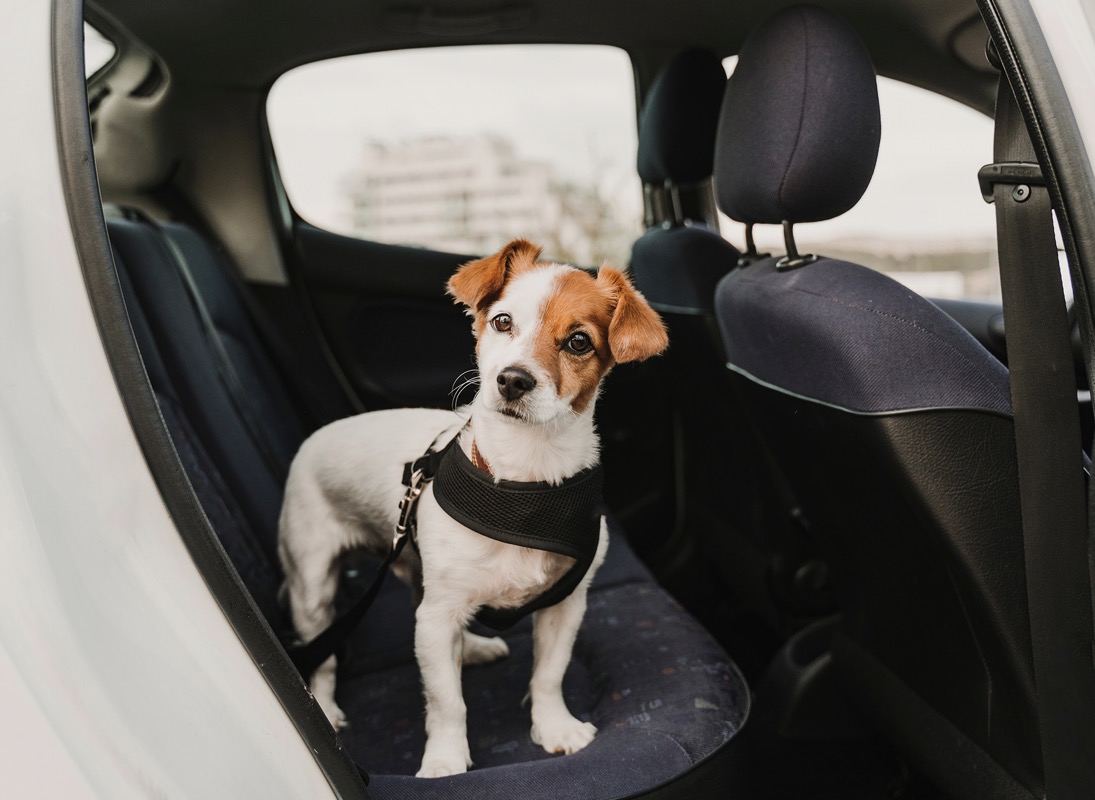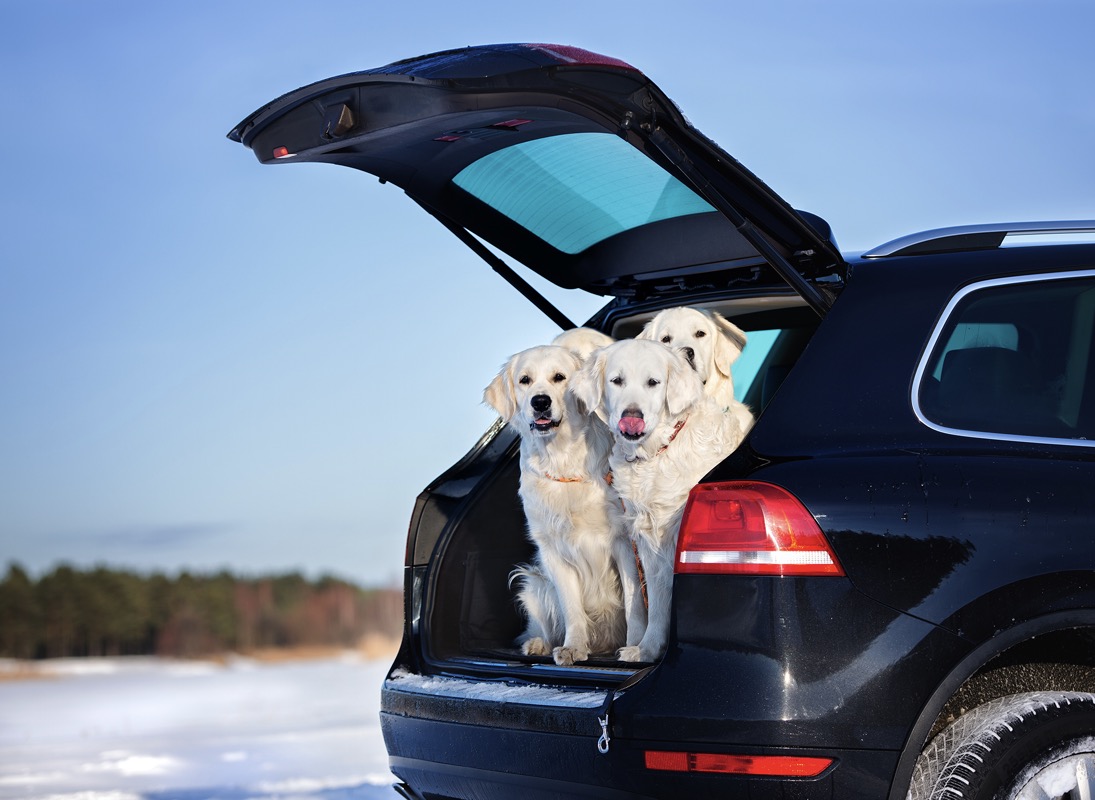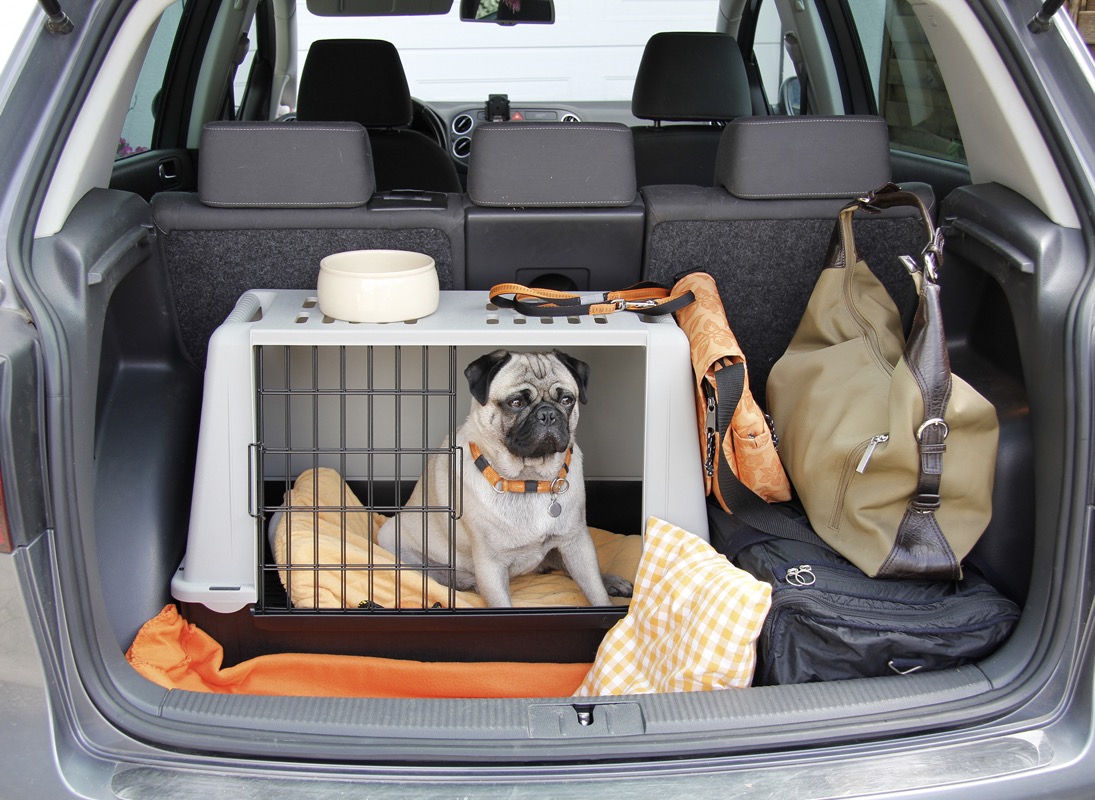How to travel with your pet safely
Wacky Races, that cartoon television series from the 1960s, didn’t try to be realistic. There were flying cars, cavemen, vampires and a tree trunk with wheels. But one of the most astounding aspects of the mythic Hanna Barbera show was the Mean Machine, a car driven by the villain along with his inseparable dog, Muttley.
Outside of fiction, dogs don’t tend to be good travelling companions. They can get sick and stressed out during long trips and suffer a certain nervousness when inside a machine they don’t really understand. But there are some tips to avoid a bad experience and to guarantee their safety (and that of the whole family) when we decide to bring them on board.
Things should begin even before preparing the trip. The first thing to determine is where our dog is going to sit. It’s against the law to use the front seat, so we’ll have to find him a place in the rear –ideal if the dog is especially curious and doesn’t like to be far from his owner– or in the baggage trunk, if he gets dizzy easily or is very nervous.

In the second case, it should be an open trunk, one that will allow the animal to stand up. He should not share this space with suitcases or boxes, because in case of a crash or sudden braking this could harm him. In addition, there should be some bars to keep the dog from escaping during the trip, but they should not reach the floor, so as to avoid harm in case of a collision.
If we decide to put the dog in the rear seats, it should always be tied with a special leash that can be attached to the safety seat belt. This special leash serves as a safety belt, and should have a buckle at one end and be shorter than a conventional leash. According to the most recent report from RACE, in the case of an accident at 50 km/h, the weight of any animal that is not tied down is multiplied by 35. Traveling with an unfettered dog, even on short trips, is dangerous for the dog and anyone else inside the car. To do so can be punished by fines of more than 100 euros.

The retaining leash should not be connected to a normal dog collar, because in the case of sharp braking it could hurt or even choke the animal. It should be attached to a harness on the dog’s chest. It is recommended that there be some kind of protection to the seat, which can provide an extra barrier to keep the dog from being thrown forward. But in no way should this extra protection be considered a safety element, and it doesn’t remove the obligation to keep the dog tied down.
If our dog is small, maybe the best thing is to use a travel box. It can go on the floor of the vehicle (again, never on the front seats) or tied down with a series of leashes to the back seats or the trunk.

Beyond the trip itself, it is a good idea to know something about the destination, and consult with a veterinarian about necessary extra vaccines or protective measures against mosquitos or diseases that may not be common in our place of residence but that are common at the destination. If the pet tends to be dizzy when travelling, a veterinarian can be consulted about administering drugs. In any case, it’s a good idea not to feed the animal for three hours before the trip, and to make stops every two hours to give the pet water and a brief stroll.
The safety of a dog in a car isn’t over even when the car is stationary. Finally, it’s important to remember that never, and especially in summer, should you leave a dog alone in a car, even with the windows down. In these circumstances, intense heat is more common than people think.